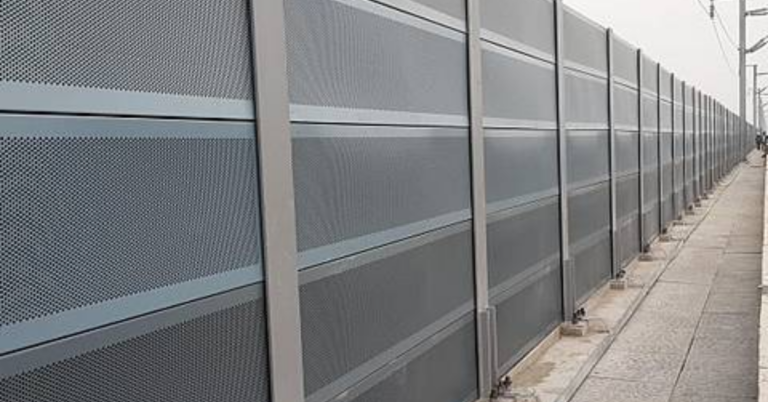Reviewing the Role of Engineering in Healthcare Facility Design
betbhai9 com sign up, radheexchange, lotus 365.io:Reviewing the Role of Engineering in Healthcare Facility Design
Healthcare facility design plays a crucial role in the quality of care provided to patients. The layout, functionality, and overall environment of a healthcare facility can impact everything from patient outcomes to staff efficiency. One key aspect of healthcare facility design that often goes unnoticed is the role of engineering. Engineers are essential in ensuring that healthcare facilities are designed and built to meet the specific needs of patients, staff, and the healthcare industry as a whole.
In this article, we will explore the importance of engineering in healthcare facility design and the ways in which engineers contribute to creating functional and effective healthcare spaces.
Understanding the Role of Engineering in Healthcare Facility Design
Engineering plays a critical role in healthcare facility design by ensuring that buildings are safe, functional, and efficient. Engineers are responsible for designing the infrastructure and systems that support the delivery of healthcare services. This includes everything from electrical and mechanical systems to fire protection and structural design.
One of the key aspects of engineering in healthcare facility design is ensuring that buildings are compliant with all relevant regulations and standards. Healthcare facilities are subject to a wide range of regulations, including those related to patient safety, infection control, and accessibility. Engineers work closely with architects, healthcare providers, and regulatory bodies to ensure that buildings meet or exceed these requirements.
In addition to regulatory compliance, engineers also focus on designing healthcare facilities that are efficient and cost-effective to operate. This includes designing systems that minimize energy consumption, reduce waste, and maximize the use of space. By incorporating sustainable design principles, engineers can help healthcare facilities reduce their environmental impact and operating costs.
The Role of Different Engineering Disciplines in Healthcare Facility Design
There are several different engineering disciplines that play a role in healthcare facility design. Each discipline brings a unique set of skills and expertise to the table, contributing to the overall success of a healthcare project.
1. Structural Engineering: Structural engineers are responsible for designing the framework of a healthcare facility, ensuring that it is capable of supporting the weight of the building and withstanding external forces such as wind and earthquakes. They work closely with architects to create safe and durable buildings that meet the specific needs of healthcare facilities.
2. Mechanical Engineering: Mechanical engineers focus on designing the mechanical systems that are essential for the operation of a healthcare facility. This includes heating, ventilation, air conditioning (HVAC), plumbing, and fire protection systems. Mechanical engineers work to ensure that these systems are energy-efficient, reliable, and capable of maintaining a comfortable and safe environment for patients and staff.
3. Electrical Engineering: Electrical engineers are responsible for designing the electrical systems that power healthcare facilities. This includes lighting, power distribution, communication, and security systems. Electrical engineers work to ensure that healthcare facilities have reliable and resilient electrical systems that meet the specific needs of healthcare operations.
4. Environmental Engineering: Environmental engineers focus on designing healthcare facilities with a focus on sustainability and environmental stewardship. They work to minimize the environmental impact of healthcare facilities by incorporating energy-efficient design principles, using renewable energy sources, and reducing waste generation. Environmental engineers play a crucial role in creating healthcare facilities that are both environmentally friendly and cost-effective to operate.
5. Civil Engineering: Civil engineers are responsible for designing the site layout and infrastructure of healthcare facilities. This includes roadways, parking lots, drainage systems, and landscaping. Civil engineers work to create safe and accessible environments for patients, visitors, and staff, while also ensuring that healthcare facilities are well-integrated into their surrounding communities.
The Importance of Collaboration in Healthcare Facility Design
Creating successful healthcare facilities requires close collaboration between engineers, architects, healthcare providers, and other stakeholders. By working together from the early stages of a project, these different disciplines can create healthcare facilities that meet the specific needs of patients and staff, while also complying with regulatory requirements and industry standards.
Engineers play a crucial role in facilitating this collaboration by providing technical expertise and guidance throughout the design and construction process. By working closely with architects and healthcare providers, engineers can ensure that the infrastructure and systems of healthcare facilities are designed to support the delivery of high-quality care.
Furthermore, engineers can help identify and address potential challenges and opportunities in healthcare facility design. By conducting thorough site evaluations, feasibility studies, and risk assessments, engineers can help healthcare providers make informed decisions that optimize the design and functionality of their facilities.
FAQs
Q: How do engineers contribute to patient safety in healthcare facilities?
A: Engineers contribute to patient safety by designing systems and infrastructure that support the delivery of high-quality care. This includes designing buildings that are structurally sound, systems that are reliable and resilient, and environments that are safe and accessible for patients and staff.
Q: How do engineers ensure that healthcare facilities are energy-efficient?
A: Engineers ensure that healthcare facilities are energy-efficient by designing systems that minimize energy consumption, such as HVAC systems, lighting, and power distribution. By incorporating sustainable design principles, engineers can help healthcare facilities reduce their environmental impact and operating costs.
Q: What are some of the key challenges in healthcare facility design?
A: Some of the key challenges in healthcare facility design include regulatory compliance, patient safety, infection control, and accessibility. Engineers play a crucial role in addressing these challenges by designing buildings and systems that meet or exceed regulatory requirements and industry standards.
In conclusion, engineering plays a vital role in healthcare facility design by ensuring that buildings are safe, functional, and efficient. By collaborating with architects, healthcare providers, and other stakeholders, engineers can create healthcare facilities that meet the specific needs of patients and staff, while also complying with regulatory requirements and industry standards. Through their technical expertise and innovative solutions, engineers contribute to the success of healthcare projects and ultimately to the delivery of high-quality care.







